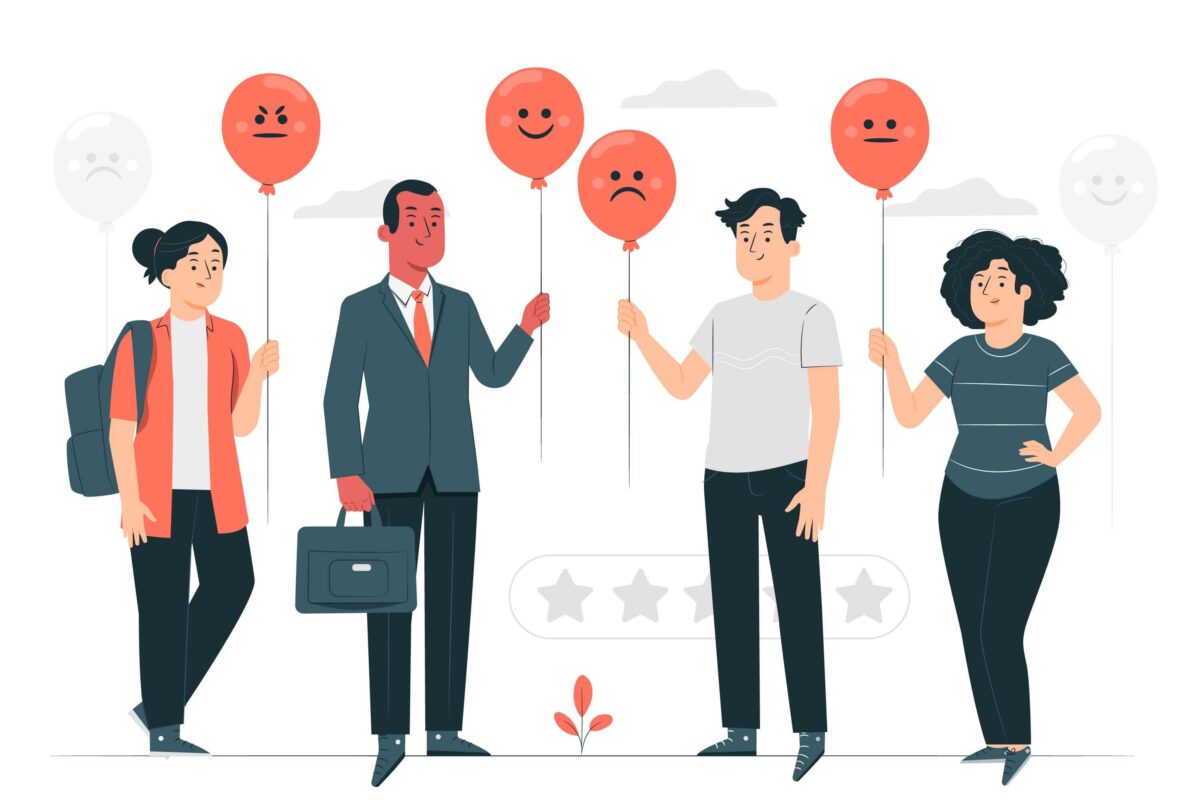In experience mapping, customers and their experiences with a particular brand are represented from the initial stages of discovering the brand to the ending stage of purchasing. Experience mapping provides insight into a customer’s journey of discovering a certain brand or product and details the experiences they had while interacting with the brand. Understanding how experience maps work is about learning how to build an experience map, and that’s what we’ll detail in this article.
This tool helps companies focus on quality control and modify any unlikely things that can cause a bad reputation for the brand. To fully utilize this tool, we have enlisted the step-by-step procedure for building your very own experience map.
Step By Step Procedure for Building an Experience Map
An experience map is a great tool to locate and improve pitfalls in a given user experience. It is also valuable for addressing opportunities you can seek to make your brand stand out. Here is how to build an experience map.
Craft a Strong Persona
The first step to start your experience mapping journey is to craft an identity or persona for your product. Without a persona, you will not be able to conduct any experiences with your consumers.
Building a user persona further helps organizations target their actual consumers and what they desire from the brand. Through the construction of your persona, you will be able to cross-check how the user’s personality aligns with your brand’s exposure strategy to see if you’re reaching the right target audience and how this could affect their experience and goals when using the product.
Conduct Complete Research
There is nothing authentic and complete about an experience map if there is no research involved. There are methods to start your research by conducting several research phases. You can directly communicate with consumers about your product. You can either conduct short, in-person interviews or conduct massive surveys online to learn what people think about the brand.
To make your research effective, you have to recruit people to give you authentic answers. You can recruit people through social media, newspapers, and classified Meta Ads. You can also hire third-party organizations for such a purpose.
Identify Customer Phases
There are multiple stabilized experience maps, which are typically organized by visualizing a common goal that the user is trying to achieve.
You will observe the visibility of these stages throughout the customer’s journey. This will give you an idea of what your customers like and dislike and how this affects the overall goal behind your product development. Furthermore, this step also includes the overall process where your consumer considers buying your product.
Address Customer Interaction
This step involves your customer interaction phase. This entails the specific interactions that your customers have within each stage that was previously specified. This also allows you to see all the touchpoints consumers used to interact with your product.
These touchpoints can be on the website, in the product, in an email, or from another source of outreach. The further the consumer goes, the more touchpoints they will interact with, such as reviewing the product and rating it online.
Locate all the Points of Friction
After completing all the above steps, it is now time to identify the opportunities for growth by observing the bigger picture. This will involve viewing your customer experience and identifying future possibilities for your brands.
This might cause some friction, and you might have to eliminate or address these frictional points, but to understand the bigger view, you can collaborate with your team visit each phase, and identify areas that can cause friction in your plans. This stage is essential to the success of your experience map because it will detail all of the places that your consumers are frustrated or perceive as sub-par. All of these are important growth opportunities.
Brainstorm Solutions
It is never a good idea to leave things in the middle of building an experience map. After you have identified the friction points, you can address them to your team, and they can suggest possible improvements for better results, make a plan of action, and design your way to solve these frictional issues. These solutions will be manifested as product changes and will hopefully impact the user’s experience for the better.
Learn more: What is Experience Map?
Conclusion
Learning how to build an experience map is all about being able to create empathy with your users and find the issues that need to be fixed. If this article helped you learn how to build an experience map, check out some of our other content about the applications and advantages of using an experience map.
Most Recent Posts
Explore the latest innovation insights and trends with our recent blog posts.













